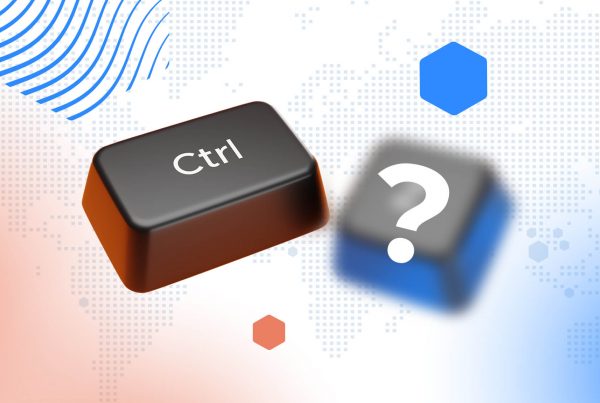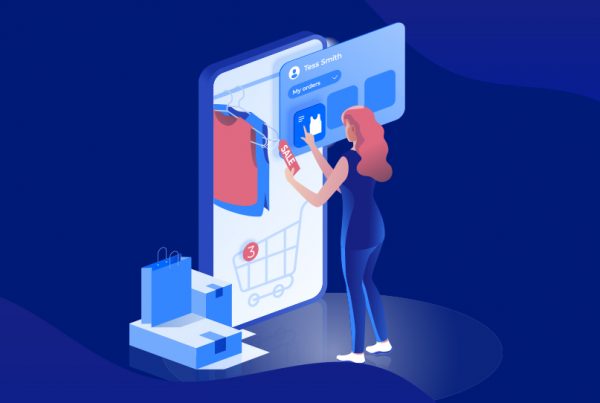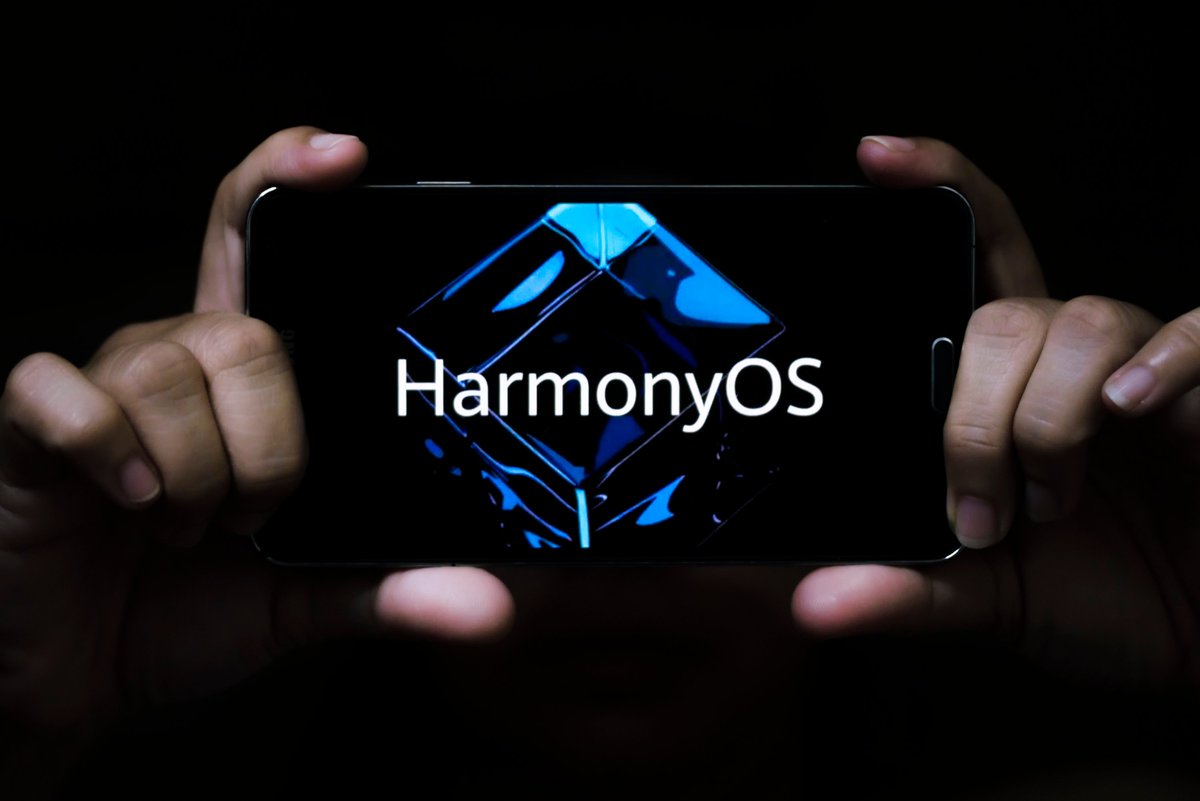
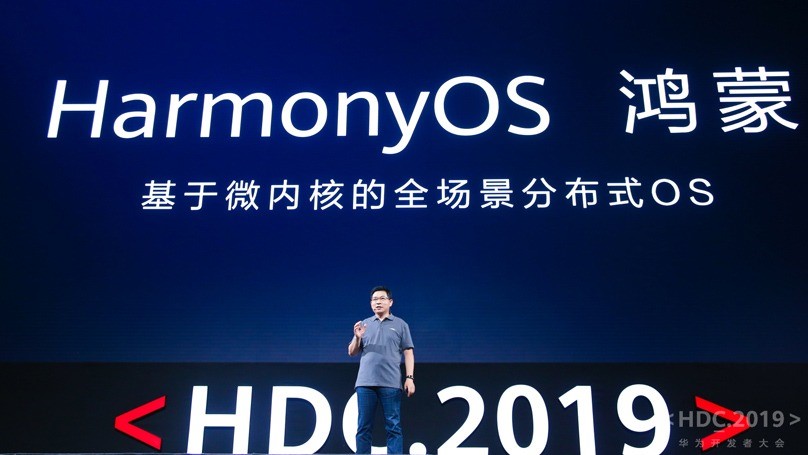
Source: businessinsider.my
With tensions running high between Google and Huawei, the latter has released news of their “Plan B” operating system, HarmonyOS. While China continues to negotiate with the US on a license to access Google’s Android operating system, should negotiations fall out, Huawei has a backup plan that’s been taking the Internet by storm with news of its release.
So, what is HarmonyOS? Huawei actually began developing the operating system way back in 2017 and based it on microkernel, which is similar to Google’s Fuchsia OS. So while the spotlight is on Android, Fuchsia is the real competitor for HarmonyOS. Huawei has claimed that their new OS is cleaner than Android, with far fewer lines of code; this enables faster communication between components, and thus facilitates the system’s ability to run on several other smart products.
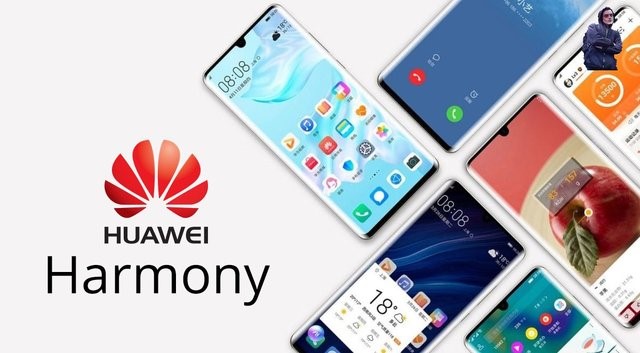
Source: steemit.com
Currently, while Huawei insists that it has no plans to launch a smartphone with HarmonyOS, the system is allegedly able to be installed on the upcoming Mate 30 line. Huawei also revealed that should the occasion arise, the company can quickly switch the smartphones being manufactured from Android to HarmonyOS in a process that only requires a shocking 1 to 2 days.
Along with the new OS release, Huawei also announced its plans to roll out several upgrades along with its own compatible devices. Version 1.0 will be available on the newly launched Huawei Smart Screen TV, while the microkernel v2.0 will be launched in 2020. Plans for v3.0 will launch in 2021, supporting wearable devices like smart watches.
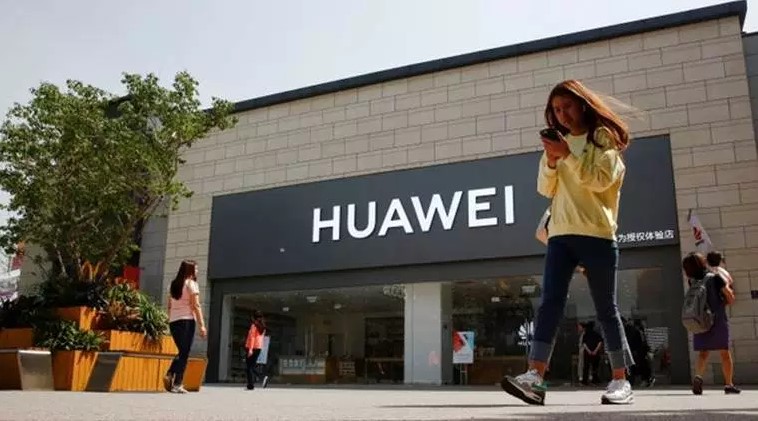
Source: infonews.news
One of the unique aspects about HarmonyOS is that Huawei will not be granting its consumers access to root the operating system. The company states that this policy is in order to avoid any security threats that may occur, based on their stance that rooting has been a security risk for Android and other Linux-based operating systems in the past.
However, Huawei does intend to make HarmonyOS 100% open source by 2020, for companies such as OPPO, Vivo, and Xiaomi to collaborate and develop the system for their own devices. Developers will also be able to port Android, HTML5, and Linux applications to HarmonyOS using Huawei’s ARK compiler, the company’s own open source toolkit.
What many consider to be a deal breaker for most consumers at this moment is that HarmonyOS will not support Android applications immediately upon delivery. The system requires several minor changes before existing applications can operate on it.
Moving forward, Huawei will be making major upgrades to the alternative app store they have built in place for Google Play Store. Huawei AppGallery is now inviting developers to release their apps on their flagship store.
